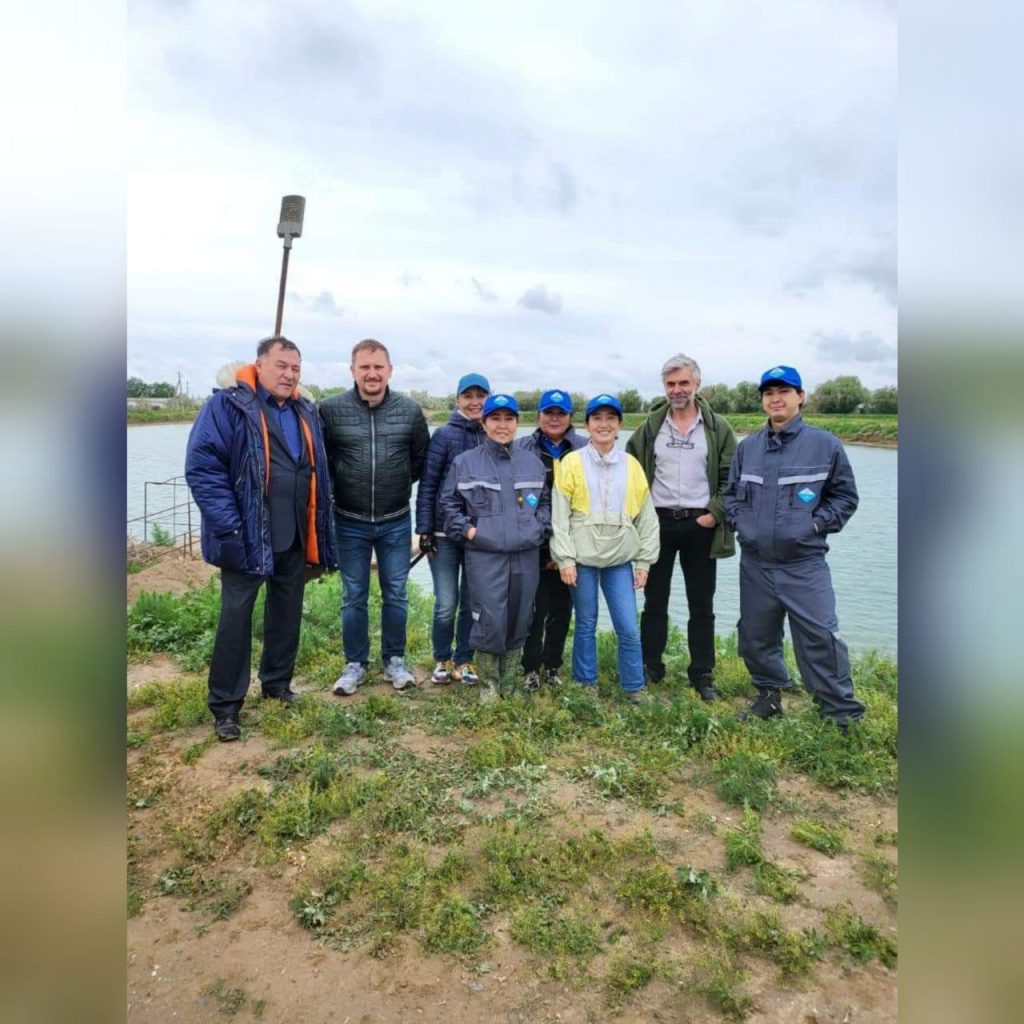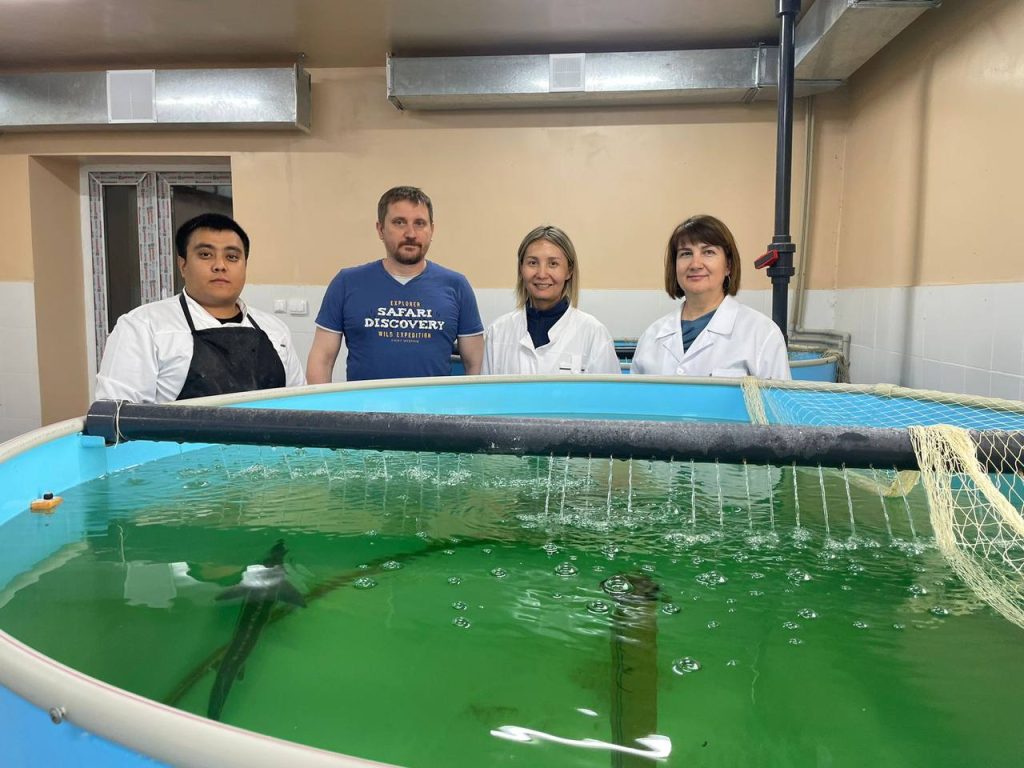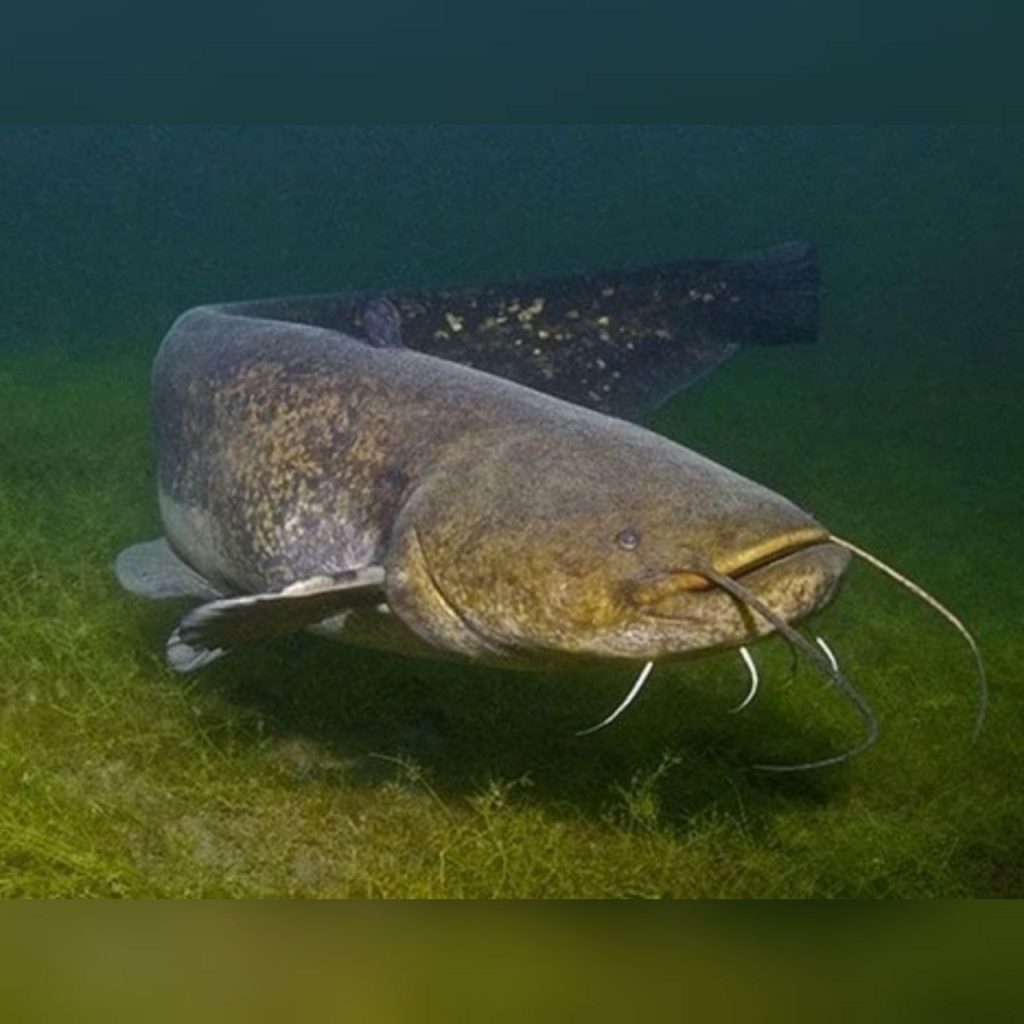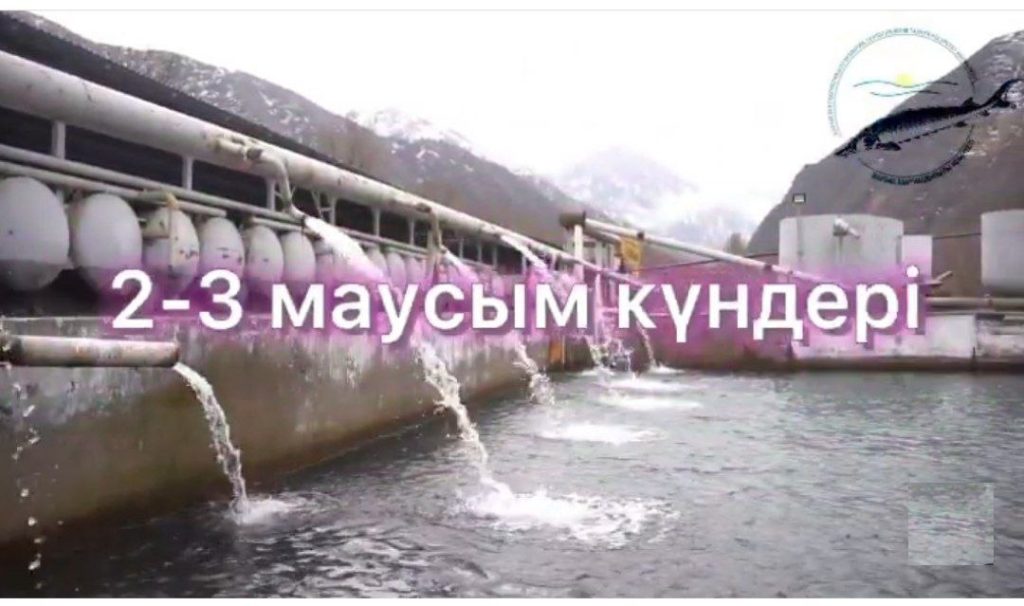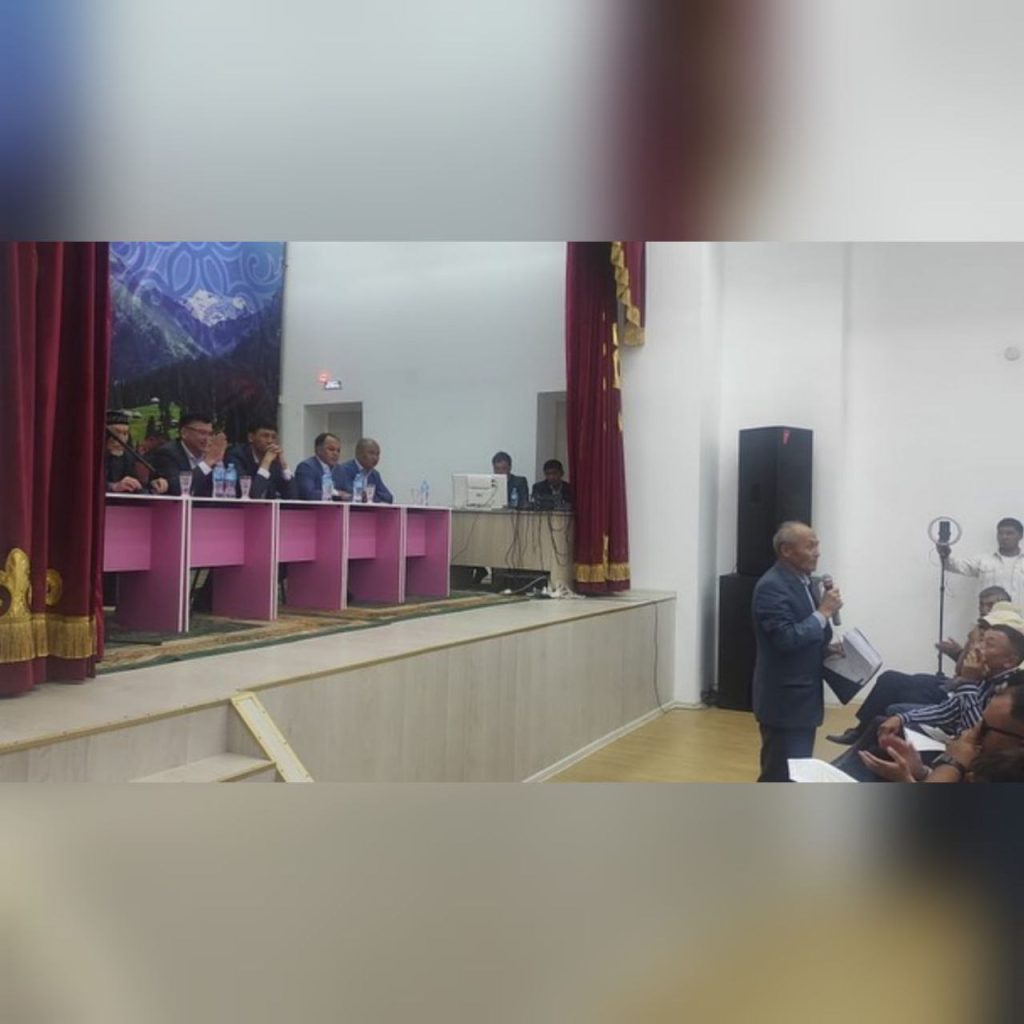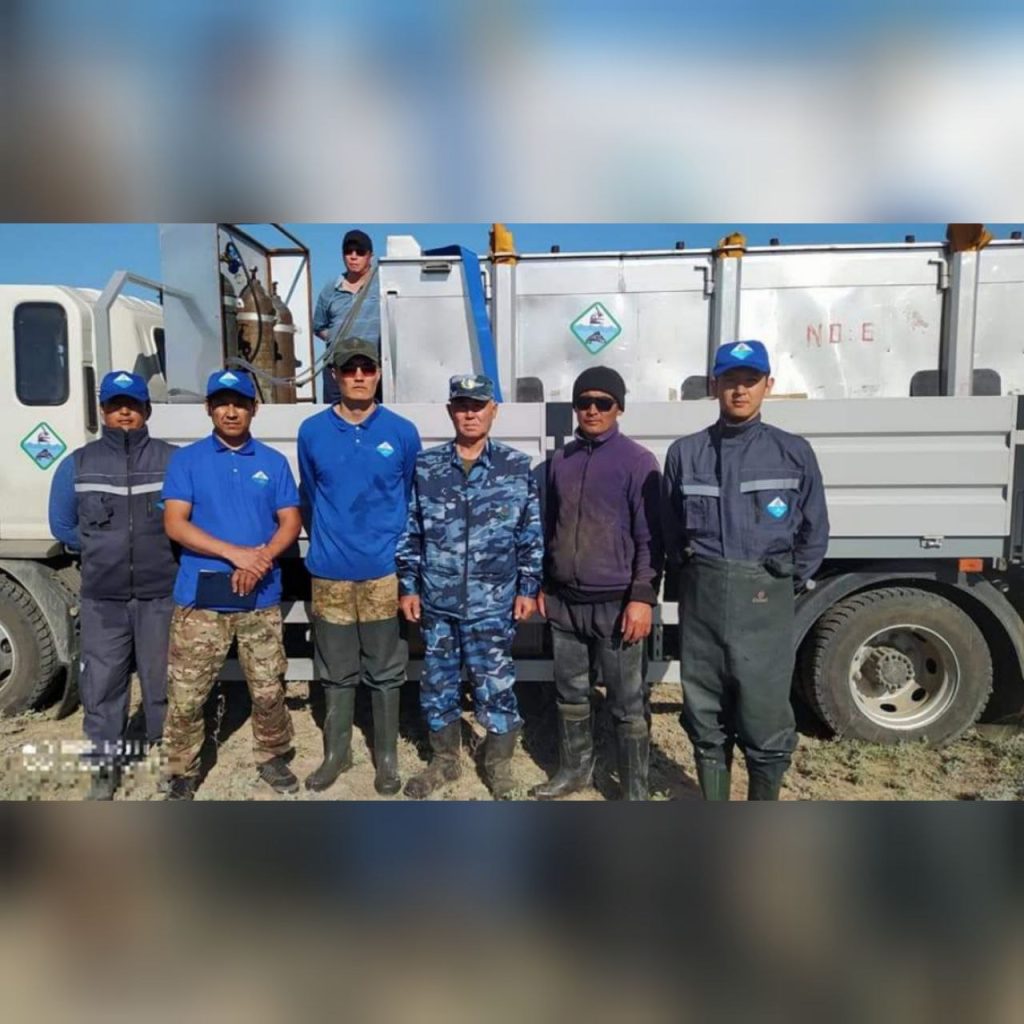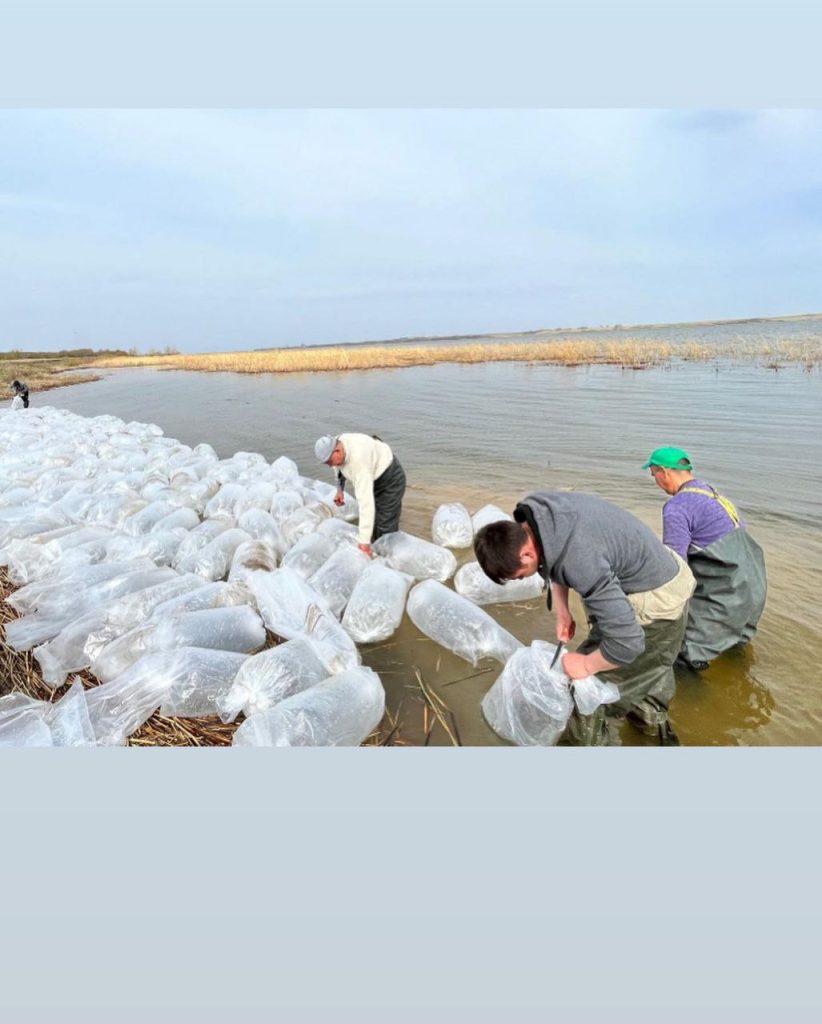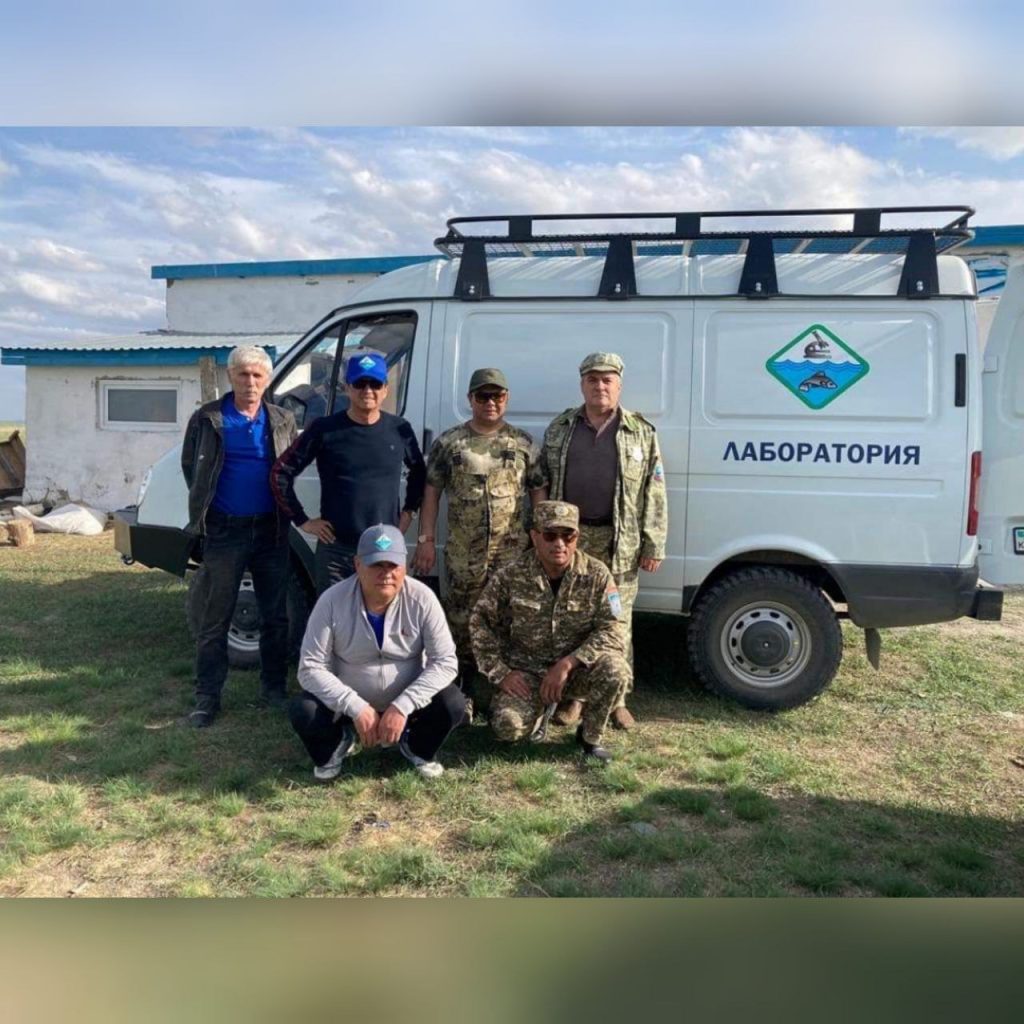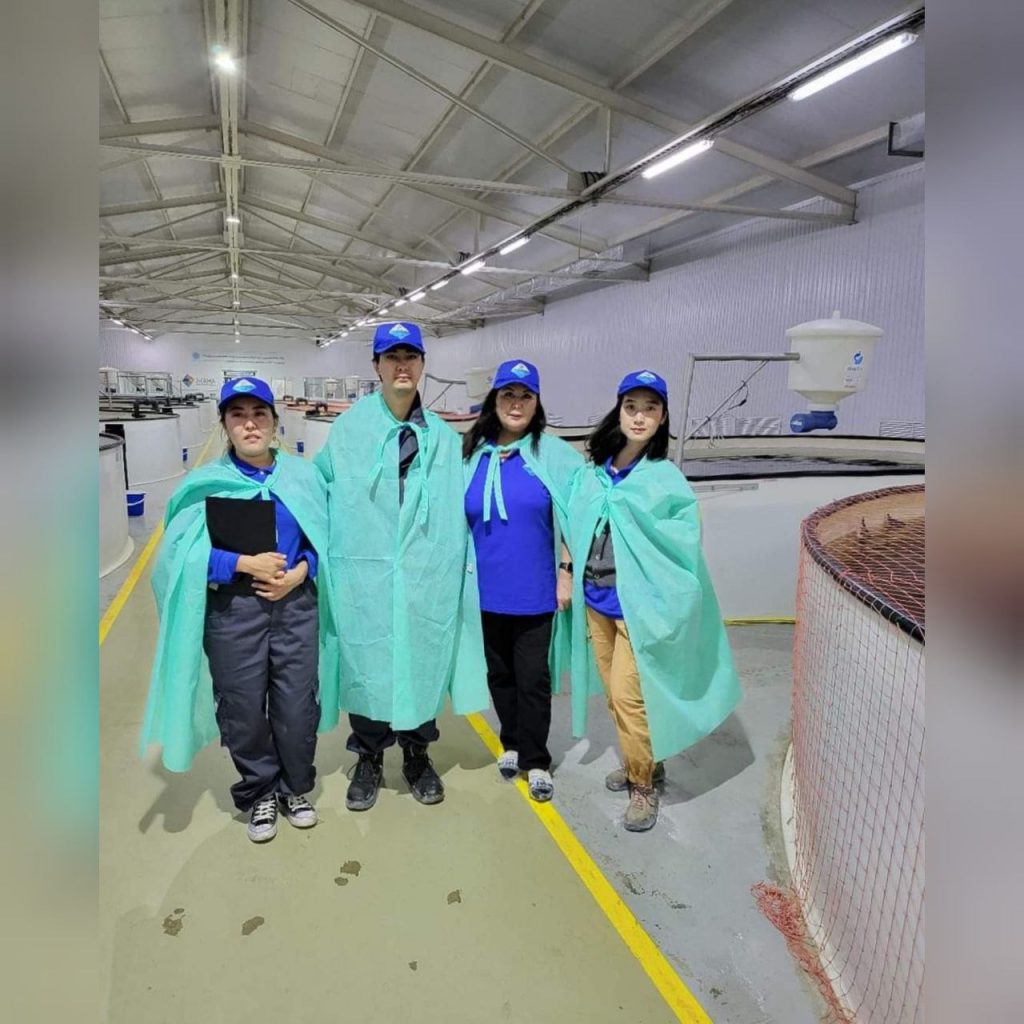
The employees of the laboratory of hydrobiont genetics, the laboratory of aquaculture of the head unit and the Atyrau branch of the “RPC of Fisheries” LLP together with foreign specialists carry out work within the task: “Formation and effective use of sturgeon broodstocks, taking in attention their genetic diversity in the conditions of sturgeon fish farms of the Republic of Kazakhstan” of the budgetary program: “Comprehensive assessment of the condition of fish resources and other hydrobionts of the main fishing water reservoirs of Kazakhstan and the development of science-based recommendations for their sustainable use” for 2021-2023 under the supervision of the Deputy CEO of the “RPC of Fisheries” LLP, Dr.Sci.Biol. Asylbekova S. Zh.
Specialists are working on domestication methods, they have collected fish breeding biological, morphometric and exterior indicators of the Siberian sturgeon (Acipenser baerii) spawners, which are grown on the base of a our private partner, Caspian Royal Fish LLP.
In addition, adaptation and implementation of methods for early gender detection in sturgeons is carried out for the purposeful formation of their gender structure. They study the effect of keeping conditions (temperature and oxygen regimes, feeding ration, stocking densities, water exchange) on the growth and development of individuals of the Siberian sturgeon breeding stock.
According to the results of the research, in 2023, an assessment of the genetic polymorphism of sturgeon fish kept in sturgeon fish farms in Atyrau and West Kazakhstan regions will be given and genetic passports of producers will be developed.
Until May 28, 2022, with the co-executors of the projects of Atyrau plants, our work on fish-breeding and biological measurements of sturgeon-producers selected for the recovery broodstock, and work on sampling sturgeon fish for genetic analysis will continue..

